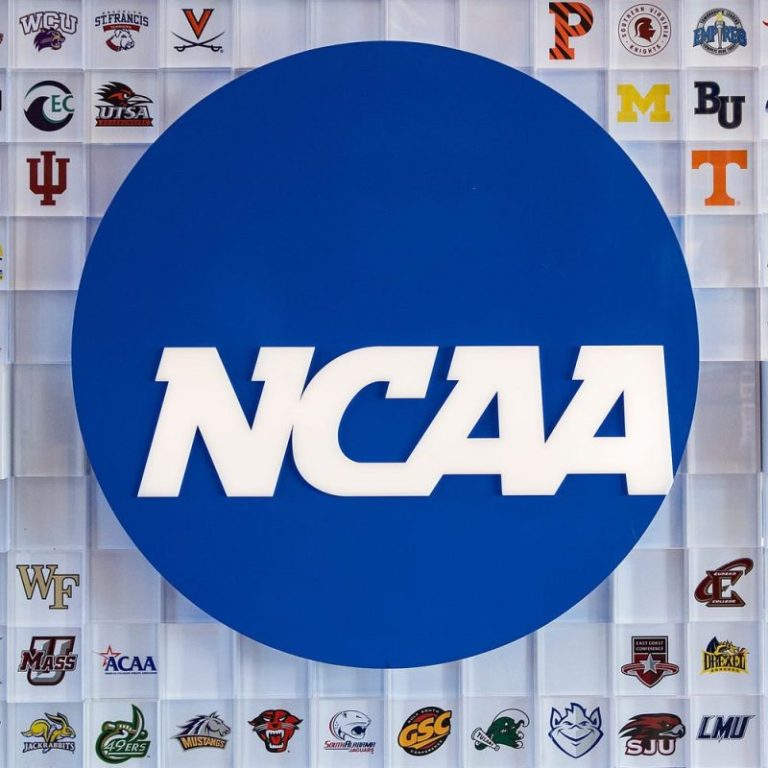When the NCAA approved a December signing period for college football recruits in 2017, it was implemented with the best of intentions. Though controversial among some coaches who preferred the traditional February signing day, the idea generally made sense: Allow high school prospects weary of the recruiting process to get it over with, while giving coaches more certainty that players who had been committed for months wouldn’t bail out at the last minute.
Whether the change has been better or worse is a matter of perspective. Some people working in college football like it; others don’t. But one thing has been clear over the last handful of years: Most of the recruiting has moved to a December window beginning Wednesday, while February is where programs and prospects pick up the scraps.
And now it no longer works. It’s time for something different. It’s time to get rid of signing day altogether.
Though it sounds radical, the idea of eliminating a set recruiting window and allowing players to sign their National Letter of Intent whenever they’re ready to sign has been around awhile. Former Nebraska coach Bo Pelini advocated for it as early as 2014, saying it would cut down on the games played by both schools and prospects during the recruiting process.
“Make (an offer) mean something,” Pelini said. “People will be like, ‘Whoa, I’ve got to take this kid now.’ It will slow things down for the kids, for the institutions. There will be less mistakes.”
Pelini’s idea never went anywhere. But given the current environment around college football, it’s worth a second look because the current calendar doesn’t seem sustainable for anyone — coaches, prospects or the increasing number of transfers who are using December to find new homes.
One unintended consequence of the December signing period had already shown up the last few years in the coaching carousel, as schools felt compelled to fire coaches earlier and make new hires quicker.
But with the NCAA liberalizing transfer rules in 2020 and pretty much making player movement a free-for-all, building a roster no longer revolves solely around high school prospects. In fact, for programs that aren’t hauling in the four- and five-stars — which is to say most of them — decisions are now significantly influenced by who’s in the transfer portal where coaches often feel safer filling an area of need with somebody they’ve seen on film in college football games rather than a high schooler who may or may not pan out.
That’s perfectly fine, and in some ways good for the sport. It has given more programs a chance to rebuild, reenergize their fan bases and emerge as College Football Playoff contenders without having to endure years of painful losses.
But with the transfer window opening on Dec. 5 and more than 1,000 players putting their names in the portal, it has created a circumstance where coaches have to figure out who’s leaving, who they want to bring in as a transfer and which high school players they want to sign all within a couple weeks.
In other words, complete chaos.
Imagine a world where an NBA or an NFL team had to do coaching changes, free agency and the draft all in the same month — while, by the way, the season is still going on for a whole lot of schools. Though you shouldn’t feel too bad for the head coaches given the amount of money they make, it doesn’t necessarily lead to the best decision-making processes.
And it certainly has the potential to put borderline high school prospects at a disadvantage. Before the early signing period and transfer freedom existed, high school players who didn’t know where they wanted to go or were looking for a better offer could hold out and see if a spot opened up somewhere right before signing day. Now, they’re competing not just with other high school players but current college players for scholarships. There’s little doubt that when Wednesday is over, hundreds of recruits who wanted to have their recruitments over and done with will have to drag things out for several more months as the transfer portal settles and coaches see how many slots they have remaining.
And because many of those decisions will be made more out of speed necessity than a thorough recruiting process, both schools and recruits will inevitably make more mistakes. So we’ll be right back here next year with more than a thousand kids once again trying to transfer.
At this point, there’s wide acknowledgement across college sports that the current calendar doesn’t work as well as it should. But there’s little agreement about how to fix it. Do you eliminate early signing and go back to February? Do you make early signing even earlier — say, September — and let the first wave of prospects secure their scholarships before their high school seasons? Opinions are all over the map.
But Pelini might have been on to something nearly a decade ago. Why does there need to be a designated period where high school recruits officially lock in their scholarships?
If a school is serious about a player, allow them to make it official and binding whenever both parties are ready to take that step. Conversely, if either side thinks they’re going to have better options down the road, at least they’ll both know where they stand.
Is it perfect? No, but nothing is at this point. There would inevitably be issues that come up, like what happens to signed players if the coach gets fired, where some common sense rules would need to apply.
Though there will be plenty of pomp and circumstance Wednesday when Georgia, Alabama, Texas and Notre Dame ink their blue chip classes, the prevalence of transfers has made roster-building a year-round activity. There’s no point anymore in limiting recruiting to certain weeks on the calendar.
Given the overwhelming time crunch coaches are under in December, it may relieve some of the pressure on everyone.

